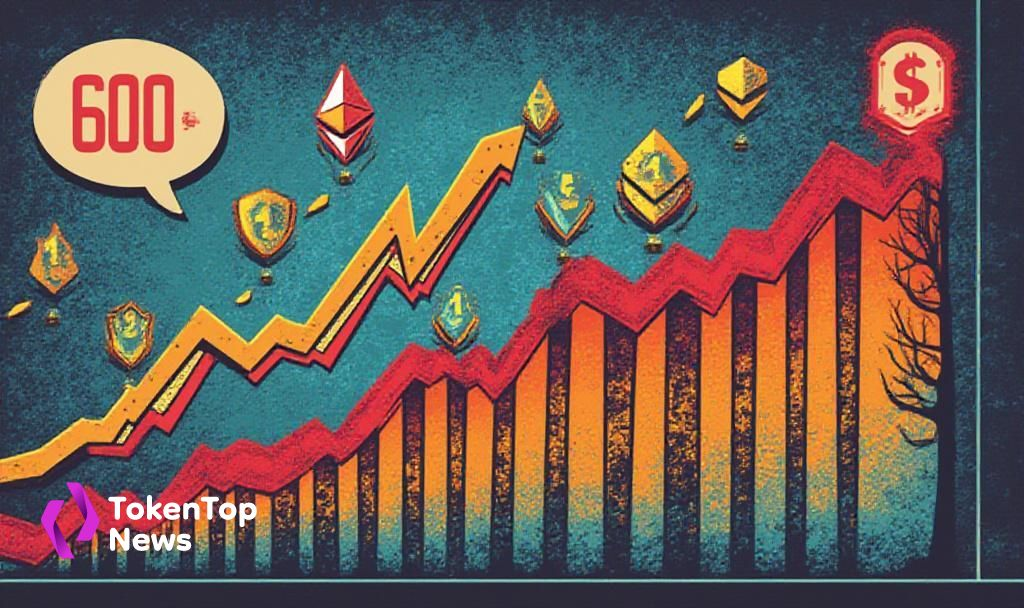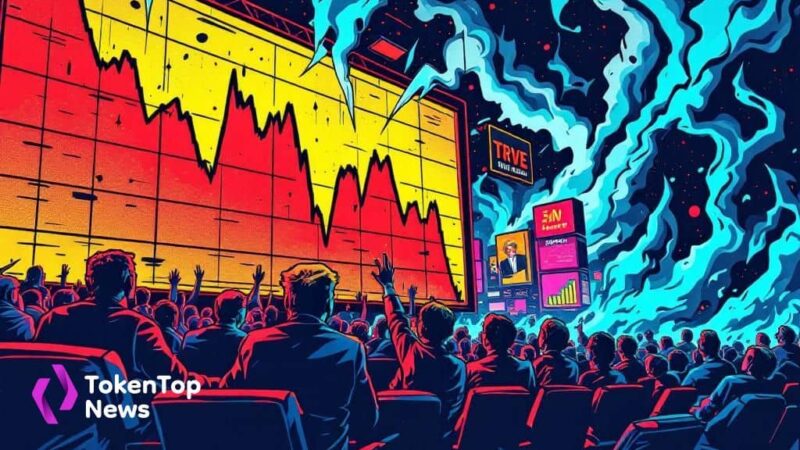US Spot ETFs See $2.191 Billion Ethereum Inflow
- Increased ETF inflows, major asset managers, institutional focus.
- BlackRock and Fidelity’s leadership in ETF flows
- Ethereum ETH -6.93% -focused institutional investment strategy

The US Spot Ethereum ETFs have reported a net inflow of $2.191 billion this week, with BlackRock and Fidelity playing major roles in the increased investment.
The influx into U.S. Spot Ethereum ETFs, led primarily by BlackRock and Fidelity, totaled $2.191 billion this week. Their combined actions influence the broader financial markets significantly, marking a strong institutional interest in Ethereum.
BlackRock’s iShares Ethereum Trust reported an addition of 32,987 ETH, equivalent to $83.46 million, as part of their strategic asset allocation. Fidelity contributed $25.7 million in net inflows, reinforcing its role in the crypto investment domain.
The substantial inflows caused an increase in Ethereum’s market liquidity, although ETH’s market price slightly declined by 1–2%. This suggests strategic accumulation as traders anticipate longer-term gains rather than short-term price hikes.
This capital injection into Ethereum’s ecosystem results from reduced outflows and net accumulation from ETFs, indicative of a market shift towards institutional holding. The impact is profound as it consolidates Ethereum’s standing against traditional assets.
Historical parallels to the U.S. Bitcoin BTC -3.04% ETF launches show similar market reactions, with substantial inflows signaling growing mainstream adoption. This trend may spur ancillary investment in related crypto assets and infrastructure.
With SEC approval, Ethereum ETFs are operating under tight regulation, bolstering confidence in the market’s integrity. Industry analysis points to a potential rise in overall crypto interest, influencing technological and financial landscapes.
**Larry Fink, CEO, BlackRock**, stated, “I actually believe the next generation for markets, the next generation for securities, will be tokenization of securities,” emphasizing the potential evolution financial markets face.




